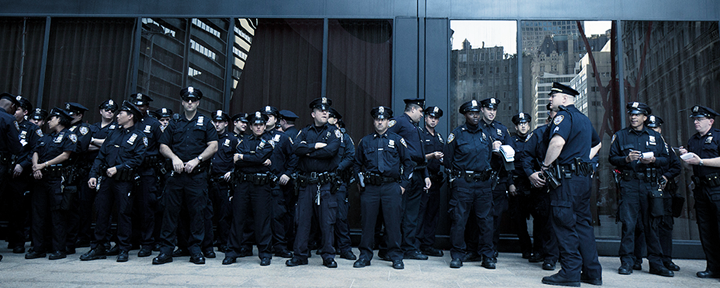
For the best results, training needs to be consistent. This means maintaining consistency along all aspects: training times, instructors used, how lessons/debrief are structured, etc. Organizing training after this manner creates patterns that law enforcement officers recognize and respond well to. It becomes easier to get into the ‘training mindset’ and for officers to prepare themselves.
In speaking of structure, each practice training session should follow a strict structure. VirTra’s Lon Bartel, Director of Training and Curriculum, discussed this during his 2021 ILEETA presentation. In it, he outlined the four elements each training session must include: focus, feedback, fix and frequency. The original structure of focus, feedback, and fix comes from the renowned phycologist Anders Ericsson on deliberate practice.
Focus
This element is self-explanatory but it is not easy to do. In order for any lasting training to occur—moving learned information from short-term to long-term memory—one must be focused with all attention directed at the performance. Simply going through the motion will not cut it and will likely result in lost information and gaps in knowledge. When an officer is engaged in a highly-stressful situation in the field, they need to be able to retrieve training knowledge quickly. Floundering will only result in potential harm for the officer, nearby civilians and/or the subject.
Feedback
Feedback is a necessary element that can be overlooked or completed quickly if one just wants to “check-the-box”. However, time should be spent here. It is only through feedback that law enforcement officers can learn what areas they excel in, areas that are lacking, tips and tricks for going through certain situations, etc.
Depending on the type of training performed, there are different types of feedback. First is self-feedback, such as setting up a recording device before the training session. Second is the most common: expert in the field. In this case, this is an instructor, expert or coach who provides their expert opinion. Lastly, there are performance measures: timers and steel targets, for example. Each of these options provide a way for a trainee to learn from their past training sessions and improve for the future.
Fix
Coming off of feedback, the next step is for trainees to establish the corrective action(s) that were brought up. Sometimes progress means taking a step back and building up from the basics again. While it is a difficult pill to swallow, it is always better to fix problems immediately rather than in the future, when the bad habit becomes more habitual and harder to change.
Frequency
Research shows that the highest improvement of performance is associated with the largest weekly amounts of deliberate practice. Again, training must be focused for any real change to occur. Also, practice should be a limited duration, as maximum effort is difficult to sustain for a long period of time. It is more beneficial to practice hard, but in smaller more frequent training chunks.
To learn more about creating the best training sessions, download VirTra Director of Training and Curriculum Lon Bartel’s 2021 ILEETA presentation.
Recently Published
Join Our Newsletter







